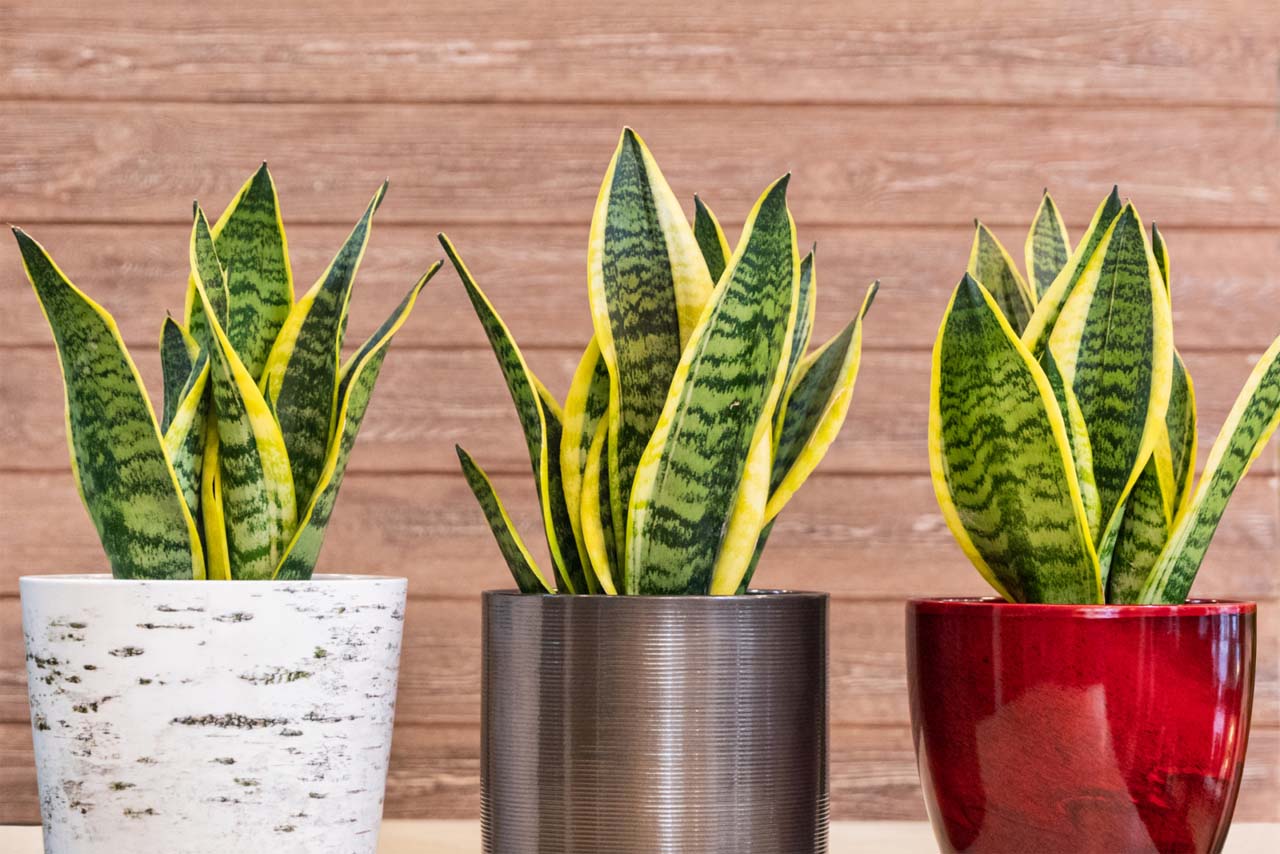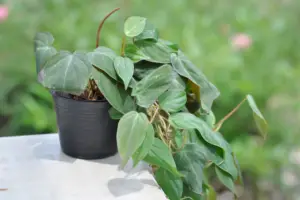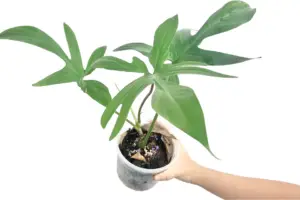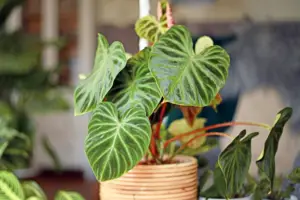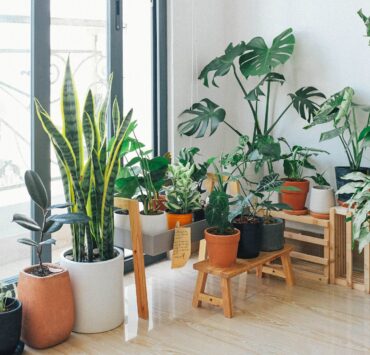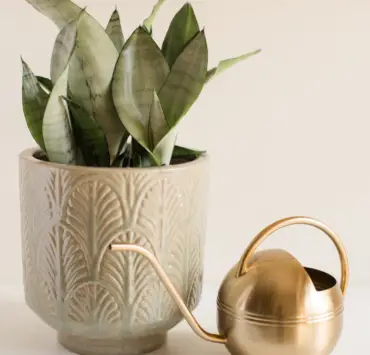Snake plants, also known as Sansevieria, are popular indoor plants due to their hardy nature and ability to thrive in low-light conditions. With their tall, striking leaves and minimal maintenance requirements, they’re a favorite among both beginner and experienced plant parents. But did you know that there are many different types of snake plants?
We’ll cover the 13 best varieties of snake plants to grow indoors and provide helpful tips for caring for them.
Answers to The Most Asked Questions About Snake Plants:
Which is the best snake plant?
While there isn’t necessarily a “best” snake plant, the most common and well-known variety is the Sansevieria trifasciata. This variety features long, upright leaves with a variegated pattern of green and yellow stripes. It’s also commonly referred to as the “mother-in-law’s tongue” due to its sharp, pointed leaves. However, other varieties offer unique leaf shapes, colors, and patterns, making them just as appealing as the trifasciata.
How do I identify my snake plant?
Identifying your snake plant can be done by examining the leaves. Different varieties will have unique leaf shapes, colors, and patterns. For example, the Sansevieria cylindrica has round, tube-like leaves while the Sansevieria moonshine has a blue-green color and wider leaves. A quick internet search can also provide helpful identification information.
How often do you water snake plants?
Snake plants prefer to be on the drier side, so it’s best to wait until the soil has completely dried out before watering again. This can range from every two to four weeks, depending on the temperature and humidity levels in your home.
How many different types of snake plants are there?
There are over 70 different species of Sansevieria, with numerous cultivars and hybrids available. Some of the most popular types of snake plants include the trifasciata, cylindrica, moonshine, black coral, and laurentii.
Why should you sleep with snake plant?
Snake plants are known for their air-purifying abilities, as they absorb toxins and release oxygen at night. This makes them an ideal bedroom plant, as they can improve air quality while you sleep.
Where is the best place to put a snake plant?
Snake plants are versatile and can thrive in a variety of lighting conditions, from low to bright indirect light. They can also tolerate a range of temperatures, from 50 to 85 degrees Fahrenheit. However, they prefer to be kept away from drafty windows or doors and direct sunlight.
Can I water my snake plant with tap water?
Yes, you can water your snake plant with tap water. Alternatively, you can use distilled or filtered water. However, it’s important to let the water sit out for at least 24 hours before using it, as this allows any chlorine or fluoride to evaporate.
Should snake plants be misted?
Snake plants don’t require misting, as they prefer drier conditions. Misting can increase the risk of fungal growth or bacterial infections on the leaves.
When should you repot a snake plant?
Snake plants prefer to be slightly root-bound, so repotting should only be done when the plant has outgrown its current container or the soil has become compacted. This typically occurs every two to three years.
Do snake plants like big or small pots?
Snake plants prefer to be in a smaller pot, as this keeps the soil from staying too moist. A pot that is only slightly larger than the plant’s root ball is ideal.
Do coffee grounds help snake plants?
While coffee grounds can provide some nutrients to plants, they can also increase the acidity of the soil. Snake plants prefer a slightly acidic to neutral soil pH, so avoiding using coffee grounds on them is best.
What happens if you don’t repot a snake plant?
If a snake plant stays in the same pot for too long, the roots can become crowded and start to circle around the inside of the pot. This can cause the soil to become compacted and make it difficult for the plant to absorb nutrients and water. Over time, this can lead to stunted growth or even death of the plant.
Now that we’ve covered some common questions about snake plants, let’s dive into the best varieties to grow indoors:
13 Best Types of Snake Plants to Grow Indoors
1. Sansevieria trifasciata:
As previously mentioned, this is the most common and well-known variety of snake plant. It features long, upright leaves with a variegated pattern of green and yellow stripes.
2. Sansevieria cylindrica:
This variety features round, tube-like leaves that grow upwards. It’s sometimes referred to as the “African spear” plant.
3. Sansevieria moonshine:
This variety has wider leaves than the trifasciata and features a blue-green color. It’s a great option for those looking for a unique color in their snake plant.
4. Sansevieria zeylanica:
This variety features narrow, upright leaves with a green and silver stripe pattern. It’s sometimes called the “bowstring hemp” plant.
5. Sansevieria bacularis:
This variety features long, thin leaves that grow upwards and have a dark green color. It’s also known as the “club-shaped” snake plant.
6. Sansevieria fernwood:
This variety features tall, upright leaves with a unique leaf pattern that resembles a fern. It’s a great option for those looking for a more textured look in their snake plant.
7. Sansevieria masoniana:
This variety features wide, paddle-like leaves with a green and yellow stripe pattern. It’s sometimes called the “whale fin” snake plant due to its shape.
8. Sansevieria kirkii:
This variety features short, wide leaves with a silver-green color and a unique pattern of darker green markings. It’s sometimes called the “starfish” snake plant.
9. Sansevieria black coral:
This variety features tall, upright leaves with a dark green color that almost looks black. It’s a great option for those looking for a more dramatic look in their snake plant.
10. Sansevieria patens:
This variety features short, wide leaves with a unique pattern of dark green and light green markings. It’s sometimes called the “pineapple” snake plant.
11. Sansevieria boncellensis:
This variety features tall, narrow leaves with a green and silver stripe pattern. It’s a great option for those looking for a more delicate look in their snake plant.
12. Sansevieria laurentii:
This variety features long, upright leaves with a green and yellow stripe pattern. It’s sometimes called the “variegated” snake plant.
13. Sansevieria ehrenbergii:
This variety features short, wide leaves with a unique pattern of light green and dark green markings. It’s a great option for those looking for a more compact snake plant.
There are many different types of snake plants available, each with unique leaf shapes, colors, and patterns. Whether you’re a beginner or an experienced plant parent, snake plants are a great addition to any indoor space due to their hardy nature and air-purifying abilities. With the proper care, these plants can thrive for years to come.
